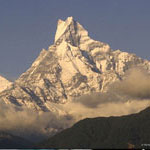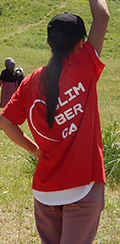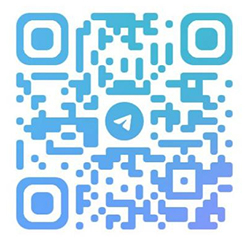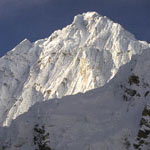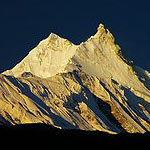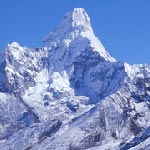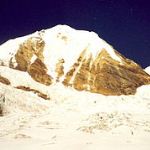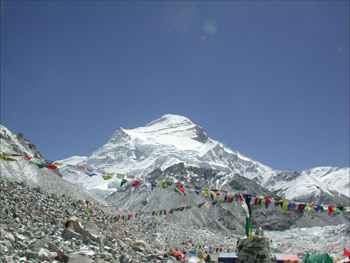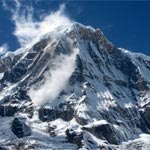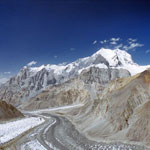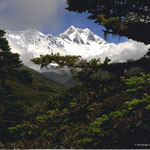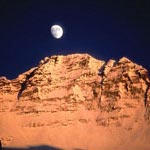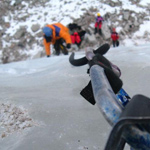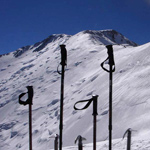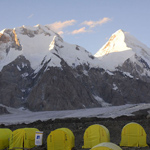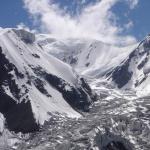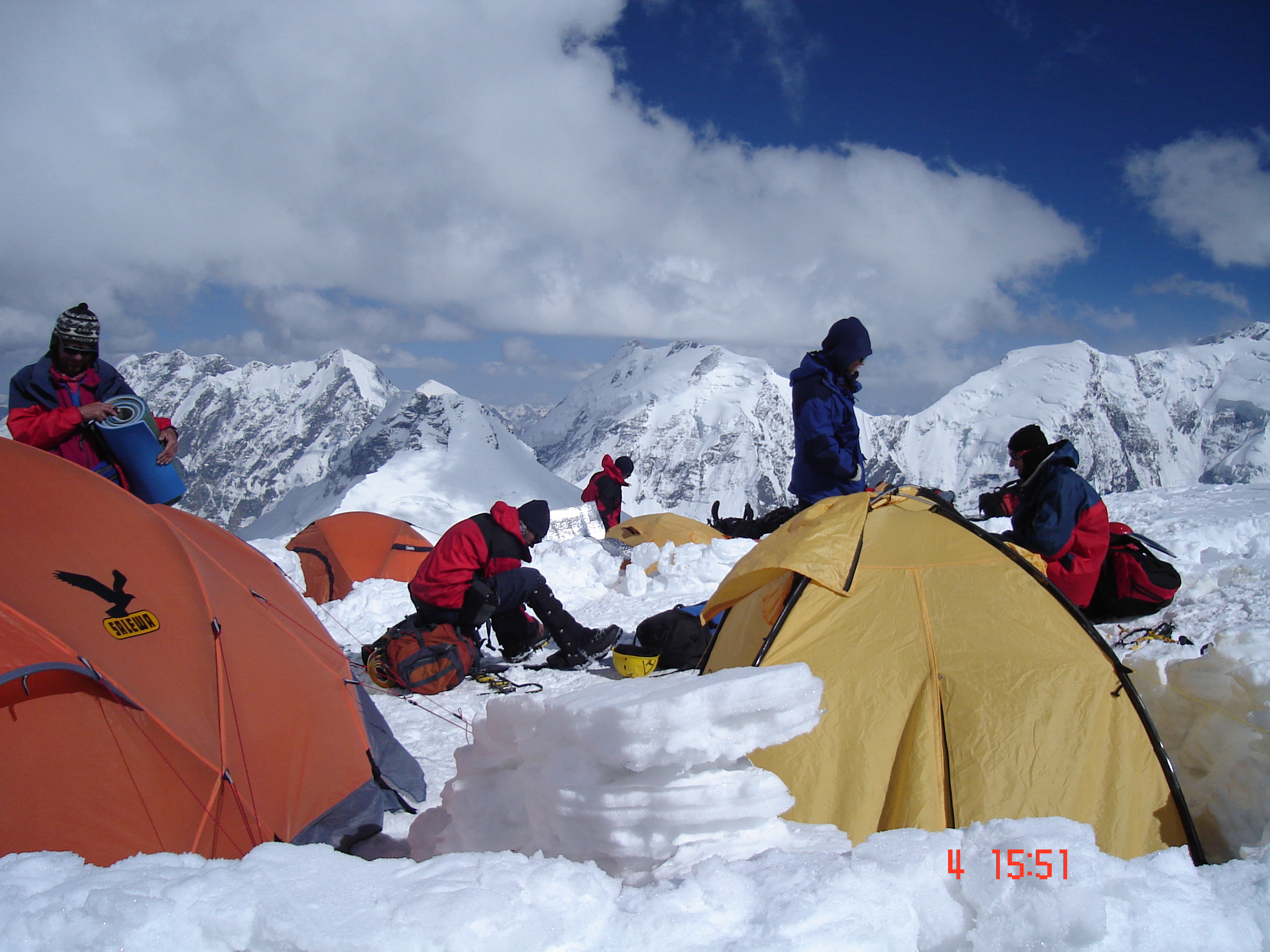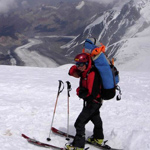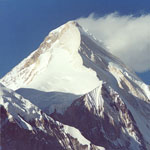Langtang & Helambu Trek Via Gosaikund sacred lake
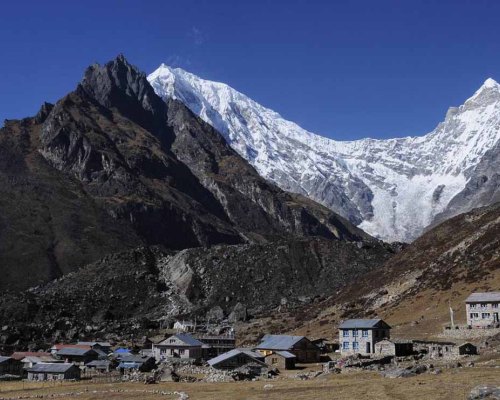
Langtang is located in the north of Kathmandu that offers a multitude of fine trekking destinations. Langtang region is inhabited by a majority of Tamang people with rich cultures and tradition. Langtang and Helambu are divided by a high pass with about 13 beautiful lakes. Gosainkunda being the biggest and the holiest of all.
Langtang is a narrow valley that lies just south of the Tibetan border Keyrong. The highest point in Langtang is the Langtang Lirung (7,246m). Other smaller mountains are Gang Chenpo (6,380m), Naya Kanga (5,846m) and Dorje Lhakpa (6,966m).
Supplier of services: ClimberCA International Consortium. About Us
https://t.me/ClimberCA - telegram
+7966 065-53-44 - whatsapp/viber
e-mail:
Note: ClimberCA offers to you the best service & the firm prices of all kind of services we offer on our web-pages. Some services, which we offer to you, are truly unexampled.
Langtang, Gosainkunda & Helambu Trek (17 Days). Itinerary
Day 01: Arrival in Kathmandu, Airport pick up, drive to hotel, overnight stay in Kathmandu
Day 02: Sightseeing Kathmandu (Swayambunath, Durbar Square), Welcome Dinner in the evening, overnight stay in Kathmandu
Day 03: Sightseeing Kathmandu (Pashupatinath, Boudanath), overnight stay in Kathmandu
Day 04: Drive by local bus or by Jeep from Kathmandu to Syaphru Besi (1,470 m) (8 h), overnight stay in teahouse/lodge
Day 05: Walk from Syaphru Besi to Lama Hotel (2,410 m) (6 h), overnight stay in teahouse/lodge
Day 06: Walk from Lama Hotel to Langtang (3,410 m) (5 h), overnight stay in teahouse/lodge
Day 07: Walk from Langtang to Kyangijn Gompa (3,900) (2 ½ h), overnight stay in teahouse/lodge
Day 08: Rest day in Kyangijn Gompa (acclimatization), overnight stay in teahouse/lodge
Day 09: Walk from Kyangijn Gompa to Langtang, overnight stay in teahouse/lodge
Day 10: Walk from Langtang to Bamboo Lodge (1,970 m) (5 h), overnight stay in teahouse/lodge
Day 11: Walk from Bamboo Lodge to Thulo Syaphru (2,210 m) (4 h), overnight stay in teahouse/lodge
Day 12: Walk from Thulo Syaphru to Shing Gompa (3,300 m) (6 h), overnight stay in teahouse/lodge
Day 13: Walk from Shing Gompa to Laurebina (4,000 m) (3 h), overnight stay in teahouse/lodge
Day 14: Walk from Laurebina to Gosainkund (4,200 m) (4 h), overnight stay in teahouse/lodge
Day 15: Walk from Gosainkund to Tharepati (3,510 m) (via Laurebina Pass 4,600 m) (7 h), overnight stay in teahouse/lodge
Day 16: Walk from Tharepati to Kutumsang (2,470 m) (5 h), overnight stay in teahouse/lodge
Day 17: Walk from Kutumsang to Chisopani (2,215 m) (6 h), overnight stay in teahouse/lodge
Day 18: Walk from Chisopani to Sundarijal (1,460 m) (4 h) and drive back (by taxi or by private car) to Kathmandu, overnight stay in Kathmandu
Day 19: Free day in Kathmandu, overnight stay in Kathmandu
Day 20: Drive to airport, departure to home country
Langtang, Gosainkunda & Helambu Trek (17 Days). Price
Included:
- All transfers (usually by private vehicle) according to tour plan (incl. transport during sightseeing)
- Map
- Accommodation (double room) in Kathmandu and in simple teahouses/lodges during the trekking
- Entrance fees in Kathmandu, Trekking permit and TIMS Card
- English speaking travel guide/city guide in Kathmandu
- English speaking guide and porter during the trekking tour
- Food (full board) incl. country typical drinks (coffee, tea) during the trekking tour
- Breakfast in Kathmandu
- Welcome-Dinner in Kathmandu
Not Included:
- Visa for Nepal
- Alcohol, soft drinks, mineral water during the trekking
- Food (lunch and dinner) in Kathmandu
- All kind of drinks in Kathmandu
- Domestic flights
- Extra charge for hot shower during the trekking tour
- Extra charge for recharging camera or mobile batteries during the trekking
- Personal travel- and health insurance
- Emergency transport / emergency evacuation
- Tips (especially for driver, city guide, trekking guide and porter)
- Personal expenses
- Flight from home country to Kathmandu and back
- Single supplement charge has to be added, if requested.
Other trek Information
Stay Safe
Altitude Sickness: The main and common risk while trekking above about 2500m is Altitude sickness. Altitude sickness is caused by acute exposure to low partial pressure of oxygen at high altitude. The available amount of oxygen to sustain mental and physical alertness decreases with altitude. Available oxygen drops as the air density itself, the number of molecules (of both oxygen and nitrogen) per given volume, drops as altitude increases. So don’t ignore, if you have any symptoms then descending to a lower altitude is the only option.
Water: Have some means to purify water, iodine or a fine ceramic filter are the best options. The streams should be considered polluted and whilst bottled water is often available, the disposal of plastic bottles is a problem.
Electricity in Nepal
Nepal is a developing country, Outside of major cities area electricity on trekking can be scares. You should have to pay 100-800 NRs per hour to charge goods on many lodges and also many tea-house treks, including in Annapurna base camp trek, Everest Base camp trek and many others treks also. Chargers often won't work on low power solar systems you find right up in the mountains so u can buy alternative bayonet light to electricity power plug converter, which will only works in low voltage is highlow. The standard Nepalese electrical outlet is a three-pronged triangle so bring three-pronged triangle chargers.
Nepal Climate information
Nepal is a landlocked country which lies in Hindu Kush Himalayan region. Nepal has monsoonal climate having four main seasons: spring, summer, monsoon, autumn and winter.
Below is a general guide to conditions at different seasons:
January to March (winter): In this season temperature will decrease at often 0°C (32°F) at night, with extreme cold at high elevations. It is possible to trek in places like the Everest region during the winter but due to extreme cold weather and heavy snow fall it may be quite difficult than as usual.
April to June (summer): In these months it is quite warm and dry weather. There is an abundance of blooming flowers in the Himalayas at this time, with rhododendrons, in particular, adding a splash of color to the landscape. This season is the best time to undertake mountain expeditions.
June to September (Monsoon): There will be heavy monsoonal rainfall in this season. Rains are generally lighter in high Himalayan reasons. In this season the mountain ranges are not often visible due to the clouds.
October to December (autumn): These months are cool and clear which is due to the end of monsoon, there is little dust in the air so this is the best season to visit the hilly and mountainous regions.
Nepal Visas information
Visa in Nepal can be acquired on arrival at Tribhuwan International Airport, Kathmandu and also at the border entry points in Kakadvitta, Birgunj, Bhairahawa, Nepalgunj, Gaddachowki border of Nepal - India and Kodari on Nepal-China border. Visa can also acquire at the nearest Nepal Embassy. For visa renewal purpose you can contact at Department of Immigration, Kalikasthan at Kathmandu. A valid passport and one passport -size photo with a light background is required. Visa can be obtained only through payment of cash in the following currency: Euro, Swiss Franc, Pound Sterling, US Dollar, Australian Dollar, Canadian Dollar, Hong Kong Dollar, Singapore Dollar and Japanese Yen. Credit card, Indian currency and Nepali currency are not accepted as payment of visa fee.
Multiple entry - 15 days - US$ 25 or equivalent convertible currency
Multiple entry - 30 days - US$ 40 or equivalent convertible currency
Multiple entry - 90 days - US$ 100 or equivalent convertible currency
Respect to Local People
In Nepal, “Namaste” or “Namaskar” is said to an older or high-status person with palms together, figure up. It is used to greet a person in place of goodbye or hello. There is no limitation how many times you say “Namaste” but, it is better if you say once per person, per day. If You want to say “Thank You” then you can say “Dhanyabaad (Dhan-ya-baad)”
